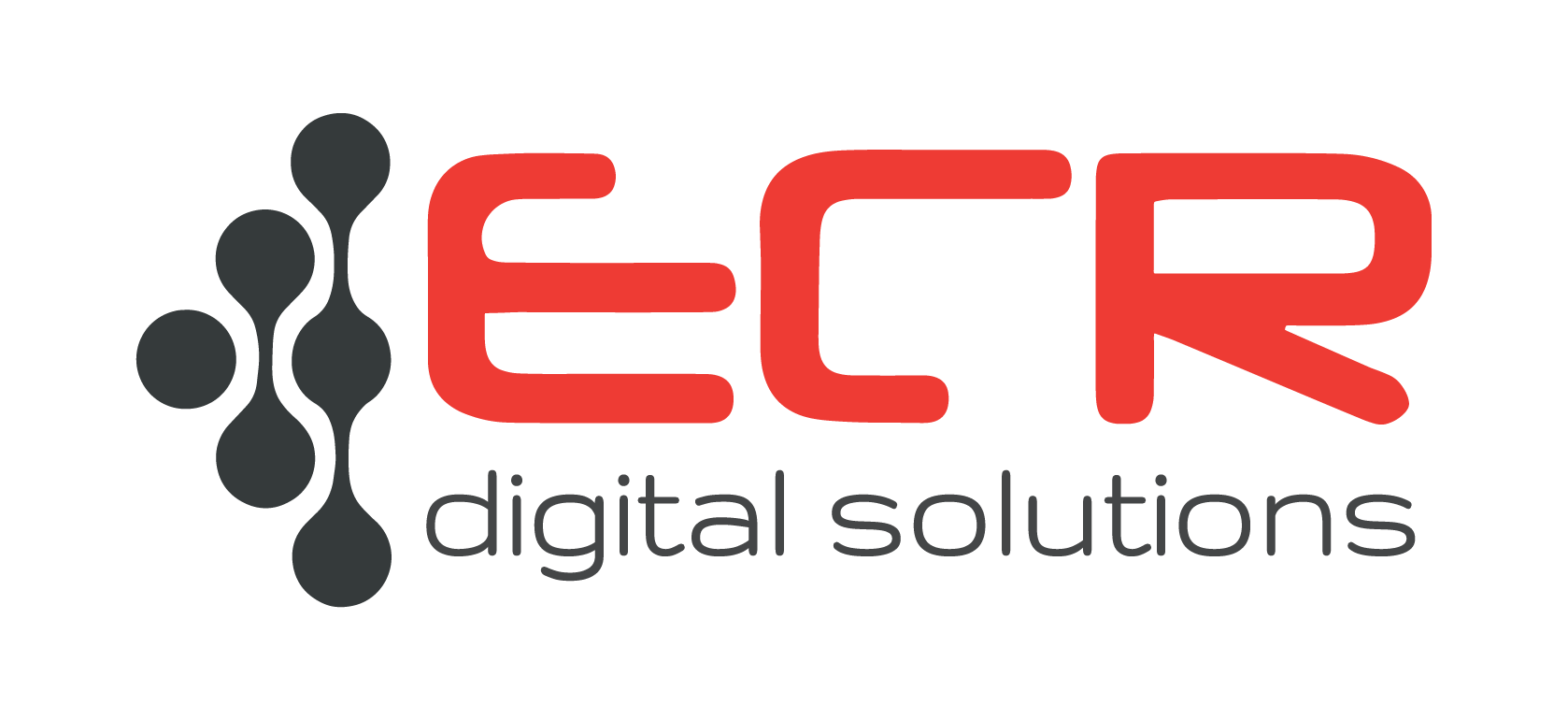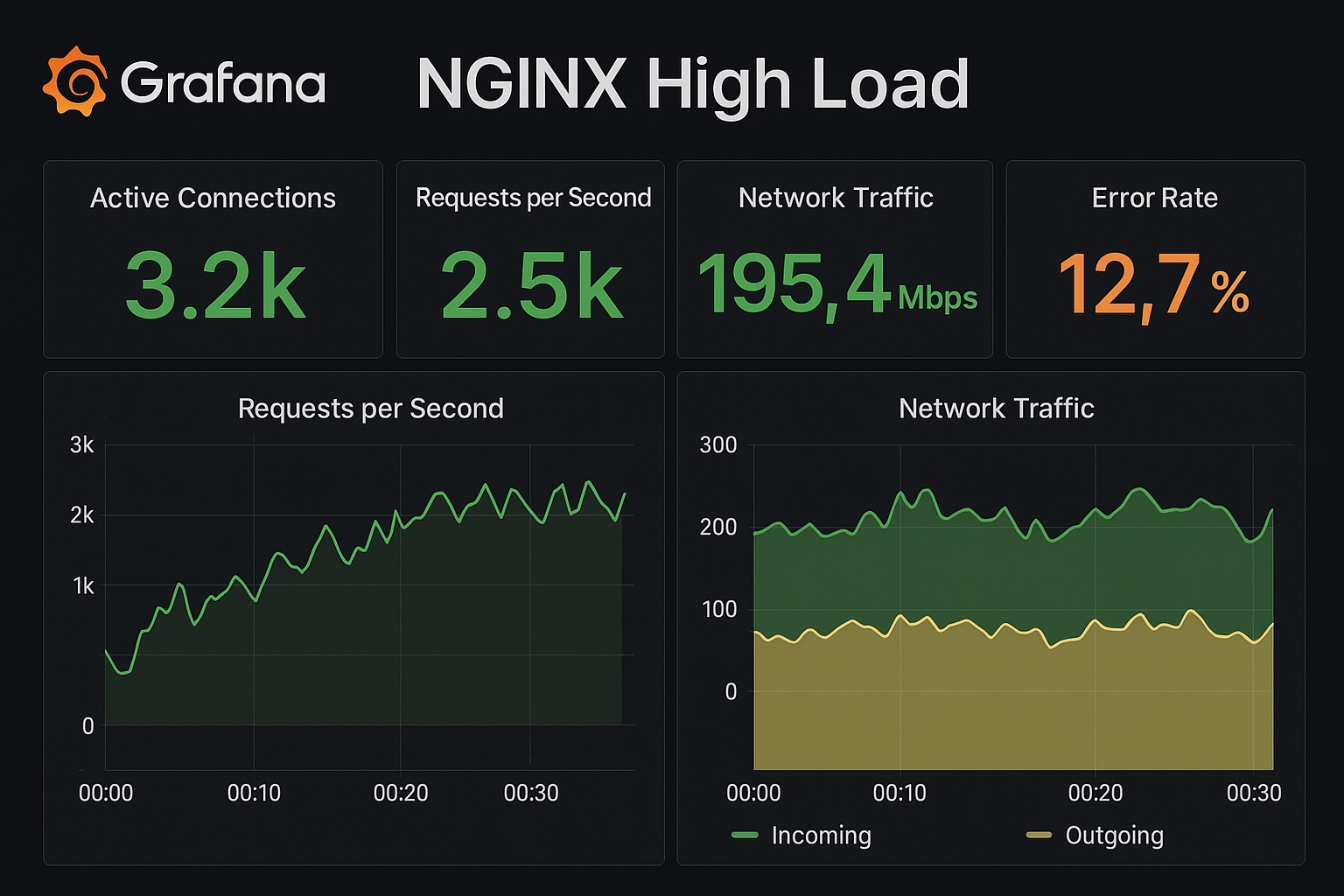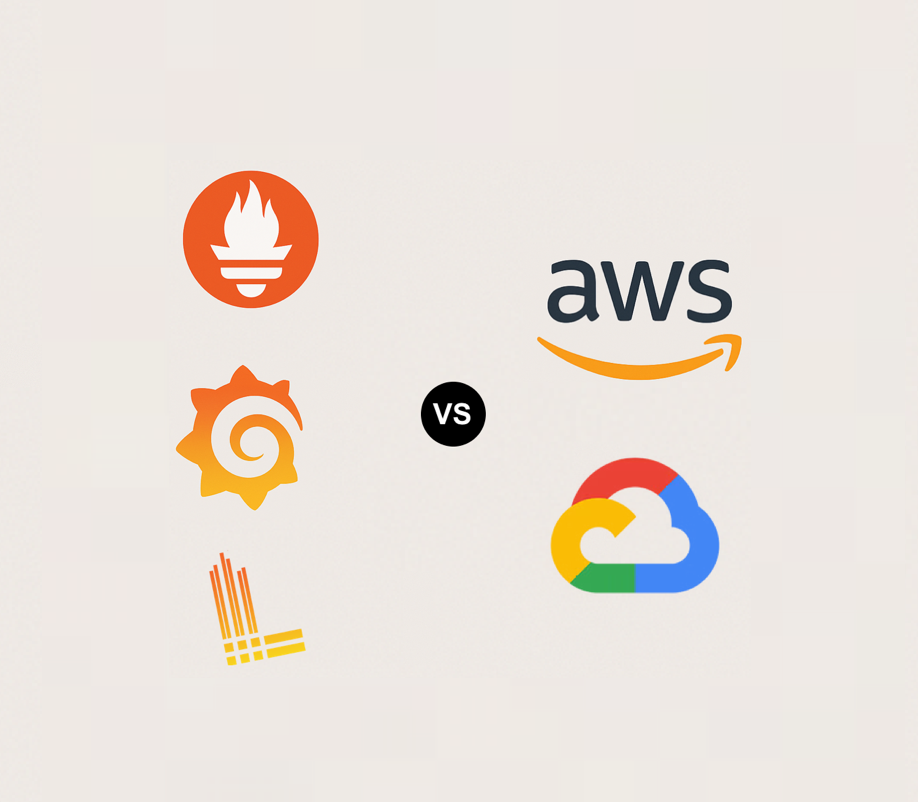Why Using SaaS for Logistics Is Better Than Building Your Own Software
Tue 24/06/2025 10m read 563 views
Why an ERP Matters for Freight Forwarding Companies — And How Invoicing Drives Better Cash Flow
In the fast‑paced world of freight forwarding, every shipment—and every dollar—counts. Freight forwarders juggle multi‑leg routes, customs regulations, carrier rates, and customer expectations, all while racing to get invoices out the door and payments back in the bank. That’s where an Enterprise Resource Planning (ERP) system comes in. A well‑implemented ERP serves as the nerve center of your operation, automating repetitive tasks, centralizing data, and ensuring that your invoicing process is both lightning‑fast and error‑free.

1. Centralized Data for Accurate, Real‑Time Billing
Without an ERP, rate sheets, shipment details, and customer contracts often live in separate spreadsheets or siloed applications. This fragmentation leads to:
- Delayed invoicing as teams hunt down the correct rates and shipment particulars
- Billing errors when outdated rate cards are applied or dimension/weight calculations are off
- Disputes and write‑offs that drag out collections and damage customer relationships
An ERP unifies all freight data—carrier contracts, tariff rules, fuel surcharges, dimensional weight factors, and customer agreements—into one single source of truth. From the moment a shipment is tendered to the carrier, the system captures every chargeable event. When it’s time to bill, your finance team simply reviews the pre‑populated invoice, confident that the numbers reflect the latest agreements and surcharges. The result? Invoices go out faster, errors plummet, and customers pay on time.
2. Automation That Accelerates Invoice Generation
Manually generating invoices is labor‑intensive: you download shipping reports, consolidate surcharges, apply markups, create the bill, and then email it out. Each step introduces potential delays and mistakes. ERPs designed for freight forwarding automate this entire chain:
- Shipment Completion Triggers– Once proof‑of‑delivery is confirmed, the ERP flags the job as ready to bill.
- Rate Engine Calculation– Built‑in logic applies carrier rates, dimensional weight, and any applicable discounts or markups.
- Invoice Draft Creation– The system automatically drafts invoices in your chosen format (PDF, EDI, or API) and sends them directly to your accounting module.
- Customer Delivery– Invoices are emailed en masse or pushed to a client portal, eliminating manual outreach.
By shifting to a “set‑and‑forget” model, you shrink billing cycles from days to hours—or even minutes—ensuring you capture revenue the instant your services are delivered.
3. Integrated Credit Management and Collections
Faster invoicing only pays off if you can collect quickly, too. Leading ERPs include credit‑management modules that:
- Monitor Credit Limits– Automatically halt new orders or flag high‑risk accounts when outstanding balances exceed pre‑set thresholds.
- Schedule Follow‑Up– Trigger reminder emails or escalation tasks based on invoice aging (e.g., 30, 60, 90 days past due).
- Track Disputes– Log customer queries directly against the invoice, so your collections team can resolve issues without digging through emails.
With credit risk visible in real time and follow‑up workflows baked into the ERP, you avoid nasty surprises on your balance sheet—and you keep cash flowing.
4. Cash‑Flow Forecasting and Financial Insights
Going beyond day‑to‑day billing, an ERP gives finance leaders the tools to forecast cash flow with precision. By pulling in open receivables, projected billings (based on booked shipments), and historical payment patterns, you can:
- Predict Shortfalls before they arise and arrange bridge financing if needed.
- Plan Capital Investments (e.g., new software modules, staff expansions) based on solid revenue visibility.
- Report to Stakeholders with dashboards that display Days Sales Outstanding (DSO), aging buckets, and cash‑on‑hand projections.
These insights aren’t just “nice to have”—they’re vital for freight forwarders navigating volatile fuel markets, shifting trade lanes, and competitive rate pressures.
5. Scalability and Compliance
As your company grows—adding new lanes, services, or geographic regions—manual billing processes buckle under volume. An ERP’s modular architecture scales with your needs:
- Multi‑currency & Multi‑company support for international operations
- Tax & Duty Compliance engines that automatically apply VAT, GST, or import/export taxes
- Audit Trails that record who approved each invoice and when, reducing audit risk
You won’t need to glue together point solutions or hire additional billing staff every time you add a new market. Your ERP grows with you.
6. By the Numbers: The ERP Impact
To quantify the value of ERP-driven invoicing, consider the following before-and-after benchmarks:
| Metric | Before ERP | After ERP |
| Invoice Cycle Time (days) | 7 | 1 |
| Days Sales Outstanding (DSO) | 60 | 30 |
| Cost per Invoice (USD) | 15 | 5 |
These metrics show how an ERP can shorten invoice cycles, slash operational costs, and unlock faster payments to fuel growth.
7. Key Features to Look For
When evaluating ERP solutions for your freight forwarding business—especially with invoicing and cash‑flow optimization top of mind—seek out:
- Flexible Rate Engines that handle tiered pricing, surcharges, and customer‑specific contracts
- Automated Invoice Delivery via email, EDI, or direct client portals
- Credit & Collections Workflows with aging reports and task reminders
- Integrated Accounting (or seamless API connectivity to your existing finance system)
- Dashboards & Forecasting for real‑time cash‑flow visibility
Conclusion
Invoicing isn’t just an administrative chore—it’s the lifeblood of any freight forwarding company. An ERP that automates billing, centralizes data, and empowers your finance team to collect quickly is the difference between scrambling for working capital and confidently funding growth. By investing in a purpose‑built ERP, you’ll shorten billing cycles, reduce disputes, and unlock the cash flow you need to scale your freight forwarding business.
Ready to transform your invoicing process and accelerate cash flow? Let’s explore ERP platforms tailored to freight forwarders and find the right fit for your company.
Related articles










